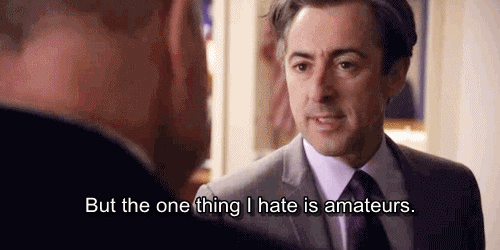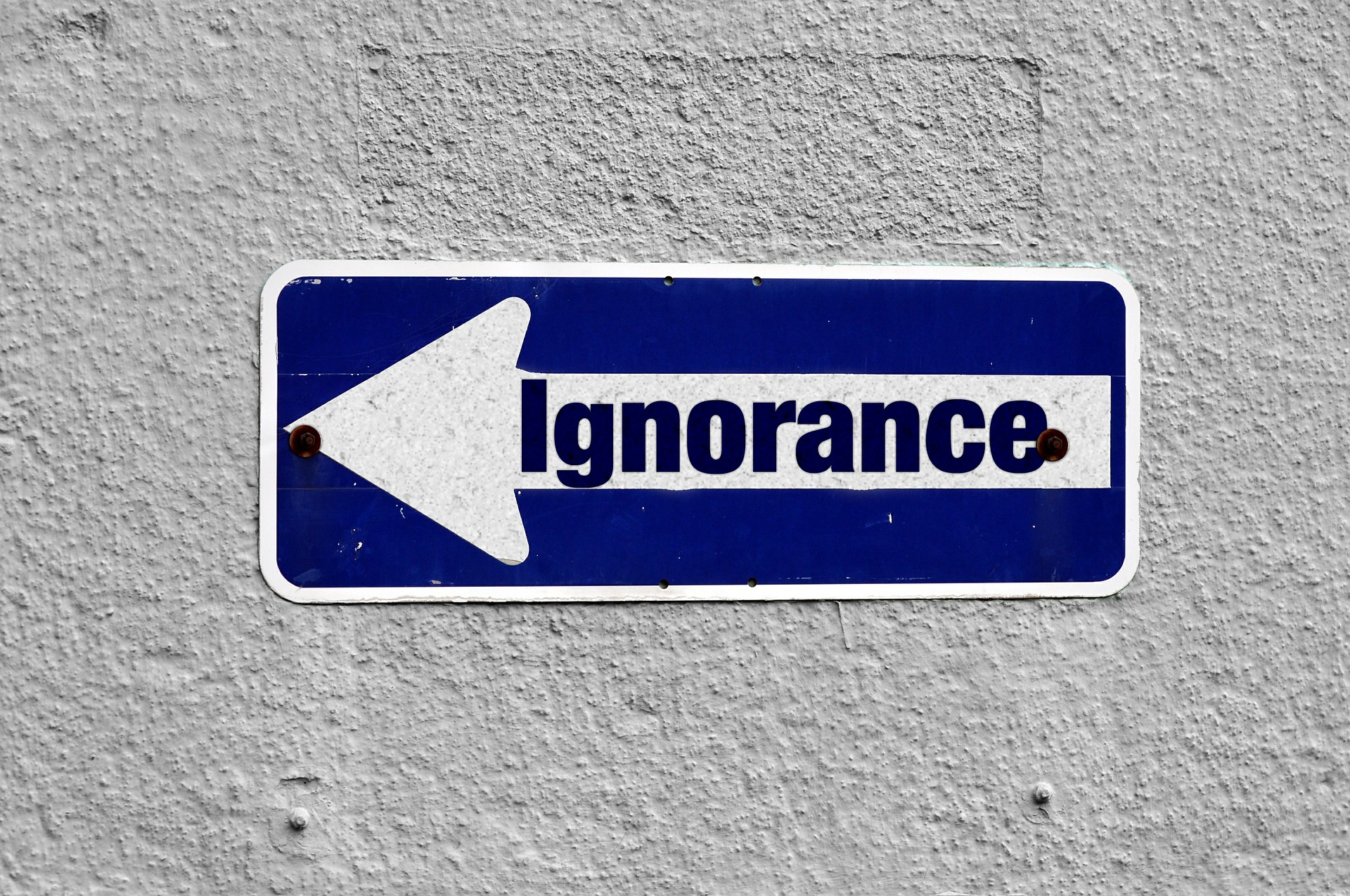
My favorite TV character rant, linked (loosely) to the practice of public relations, is the one delivered by PR pro Eli Gold of “The Good Wife,” who is played superbly by Alan Cumming. Faced with a boneheaded media relations move by a political colleague, Gold lets loose with a wonderfully escalating barrage of outrage. He caps the tirade by spitting out a final, scorn-saturated insult,“The one thing I hate is an amateur.”
In the spirit of Eli Gold, but with a kinder, gentler attitude, I present the worst, most avoidable, most amateurish PR mistakes. Call them the 7 deadly sins.
Overpromising. This is a tough one, because publicity results cannot be predicted with 100 accuracy. In the heat of battle, it’s easy for an agency team to escalate the potential return-on-investment. Sometimes it’s simple expectations creep abetted by a long selling cycle. In the worst cases, it’s the utter failure to discuss expectations. There’s usually hell to pay.
Missing deadlines. The media opportunity missed. A proposal emailed too late. A soft seasonal story idea conceived after most articles are put to bed. This one’s a tactical crime of omission, but still. Deadlines are sacred in the PR game, and blowing one is a crime punishable by expulsion from the biz.
Spamming. The more desperate (or ignorant) among us are called out for the sin of “spray and pray” media relations practice on a weekly basis. But it bears repeating. It’s not evil, but it’s unprofessional at best. A personalized approach will always work better.
The on-and-off approach. This one’s on the client side. Some companies think of PR like a spigot they can turn on or off as budgets or business conditions dictate. Big mistake. Public relations works best as a long-term branding tool, unlike sales promotion or direct marketing. There’s a large opportunity cost here.
Using (or abusing) ad clout. Most agency pros have a story about a client who insists on trying to leverage an ad buy to generate editorial coverage, or who threatens to pull a schedule if a story is less than positive. The truth is, this can work, but it’s rarely worth the cost to the media relationship. And it’s been known to backfire in a punishing way.
Thinking PR = press release. One of my pet peeves is the client or company who feels a PR program is the equivalent of a paid, SEO-enhanced newsstream. It’s not, and the buyer is selling himself short.
Confusing language. Sadly, this bedeviling practice isn’t limited to amateurs. Instead of “unique, integrated, industry-leading, strategic solution,” can we learn to write and speak in simple, powerful words? Blessed are those who communicate clearly.



